I slowly slice frozen naval oranges into thin circles before gently placing each fruit wheel across a metal wire cooling rack. Soon they will go in a low-heat oven for three hours. I wait for the entire house to smell like sweet citrus.
I began slow drying citrus about four years ago, when I needed a quick accessory to use on hand-built wreaths. It’s a meditative ritual now — that unhurried slice of an orange, sometimes a lemon or grapefruit. What started as adornments on wreaths now includes decorations for the Christmas tree, ornamental additions to holiday packages, and sun catchers suspended from the south-facing kitchen window.
December is the only month that I don’t actively grow anything. Sure, I keep the houseplants alive, but short days and long nights are more conducive to working creatively with plant material and honoring the calendar close of the year.
Dehydrated citrus, evergreen wreaths, dried flower arrangements, rooted herbs in pretty glass vases displayed around the house: I stay connected to the gardens even when our first long plunge into cold weather requires desperate fortitude to survive until spring.
It began in earnest, this desire to hold and then fold branches into wreaths. There’s something very meditative, I guess, about shaping long wooden stems— one over the other — until their braided scope, newly tethered together, form a timber circle that begins where it ends.
When I started shaping these wreath forms, somehow managing to wrestle ten branches into a cohesive ring by gently holding them until they took form, I convinced myself to remove all the wisteria leaves. Perhaps I thought a blank slate would make for a better base upon which to add dried flowers. But I soon realized that leaves added a layer of complexity, forming a terrific ballast upon which to place rows, bunches, and clasps of dried flowers.
I rather think we all begin simply. Or, at least I do. An idea floats through my imagination, carried forward by implacable curiosity, and suddenly, like a tremendous wave that swells mightily upward, I find myself stumbling forward into ideation. I add colors and textures, experiment with scents and pull branches into assorted sizes until I feel satiated.
I start from a circle of wisteria, a beginning. But it also forms the ending. A simple, unadorned repose. The beginning and the ending.
Hardened ground. I feel it resist beneath my feet as I walk to the gardens. There’s no give when I step in the yard, just a flat, solid surface frozen by sub-freezing overnight temperatures.
This stage of the winter experience - when normally supple soil becomes rigid, unforgiving — is a necessary part of the garden cycle. I’ve learned over the years that soil temperature plays a significant role in gardening. When the temperature of the soil reaches certain target measures, it instigates root growth or signals a change in the overall plant status. I used to overlook this key part of growing because it was easy to do so. All the physical evidence I gathered through observations occurred above the soil surface. Either the plant grew and thrived, or it didn’t.
Walking the frozen surface of the garden doesn’t elicit quite so much grief from me; I know this status protects fall-planted bulbs and supports perennials as they shift to dormancy. Of course, so much exists below the surface. Recognizing this takes intention and a willingness to suspend what I think I know based on what I tangibly perceive.
Thanks for reading this month’s newsletter. If you enjoy my writing, please consider referring Roots & Vines to people you know or leave a comment to let me know what you thought about this month’s essay.
-Betsy




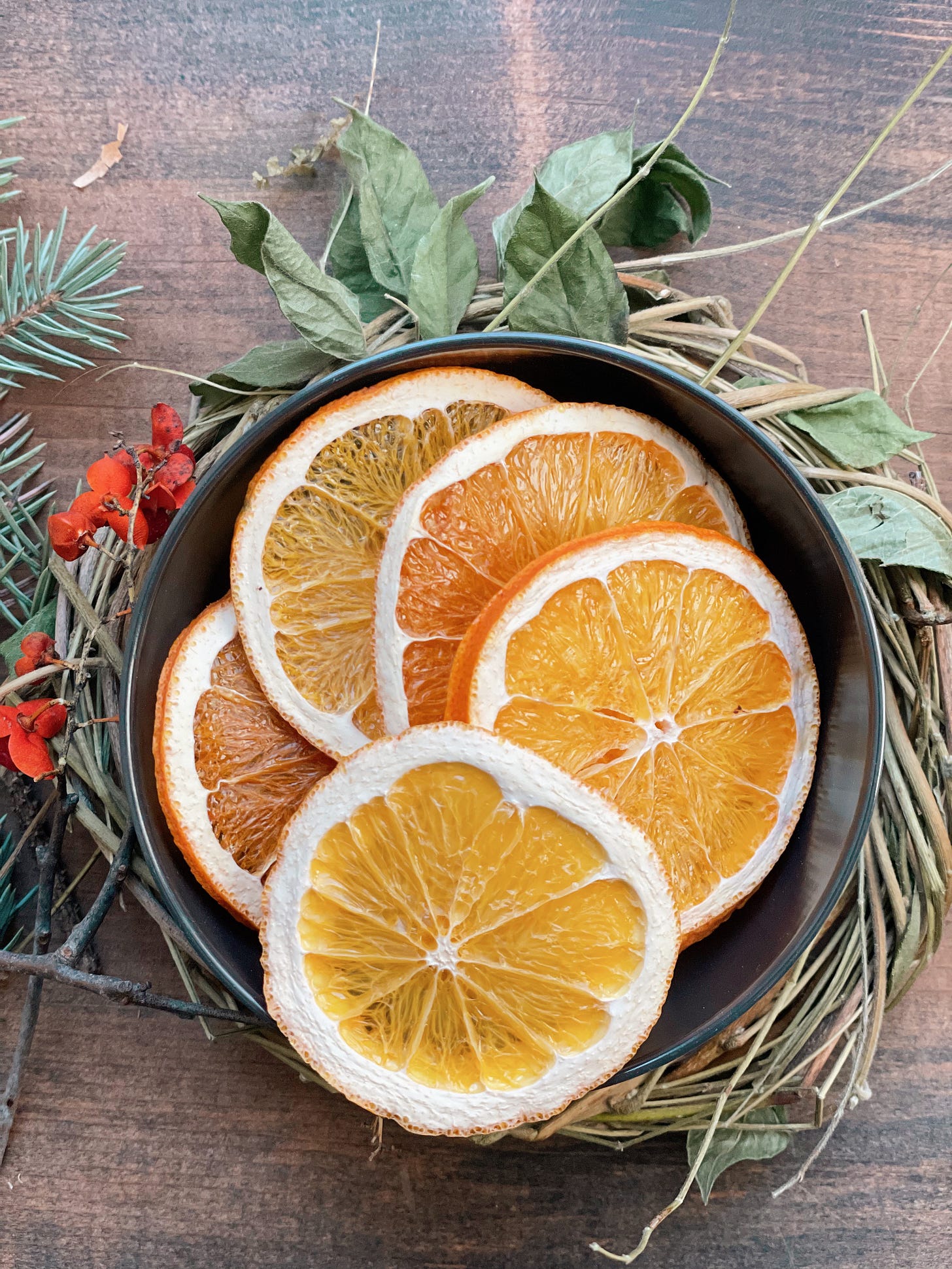
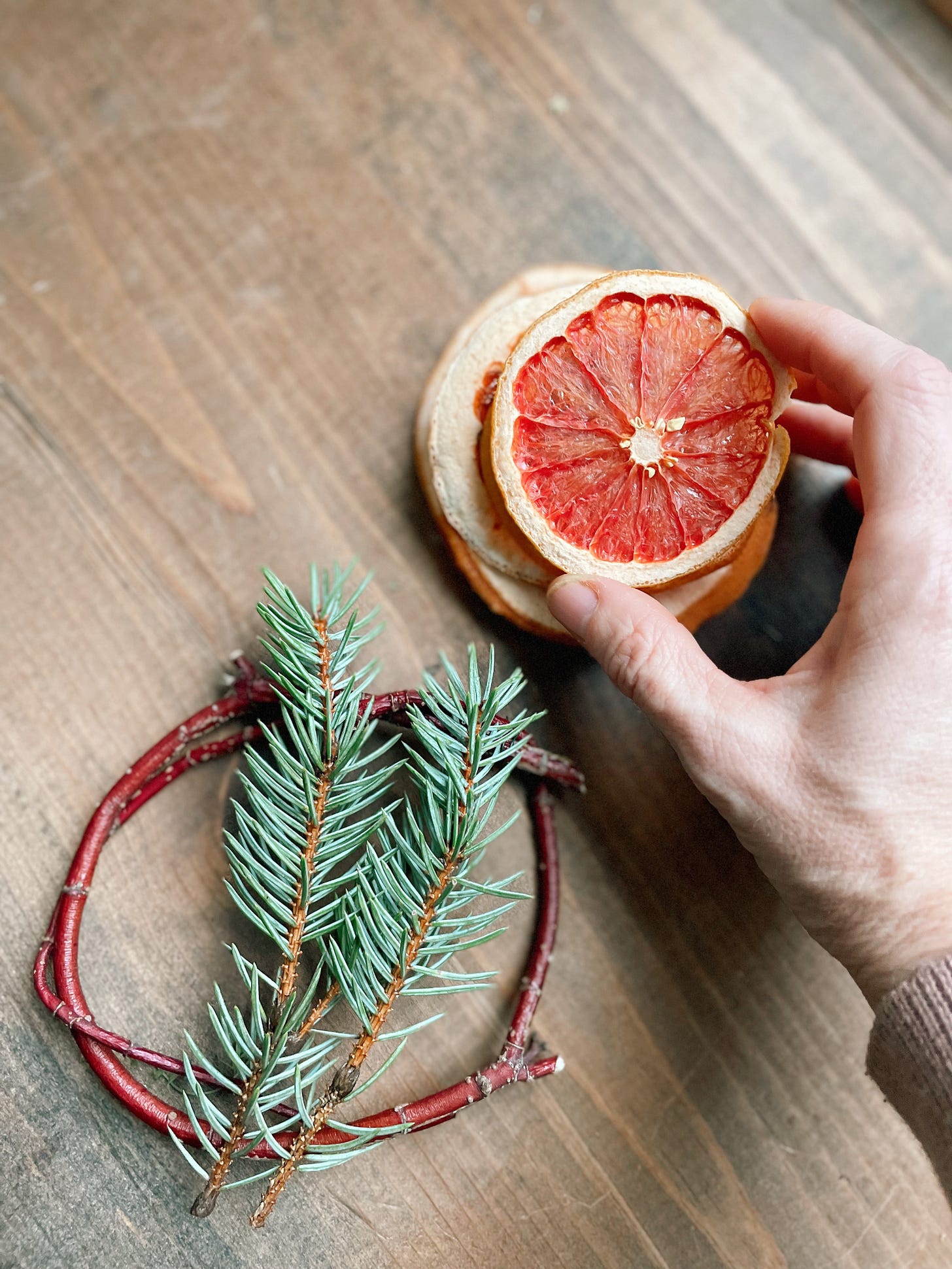
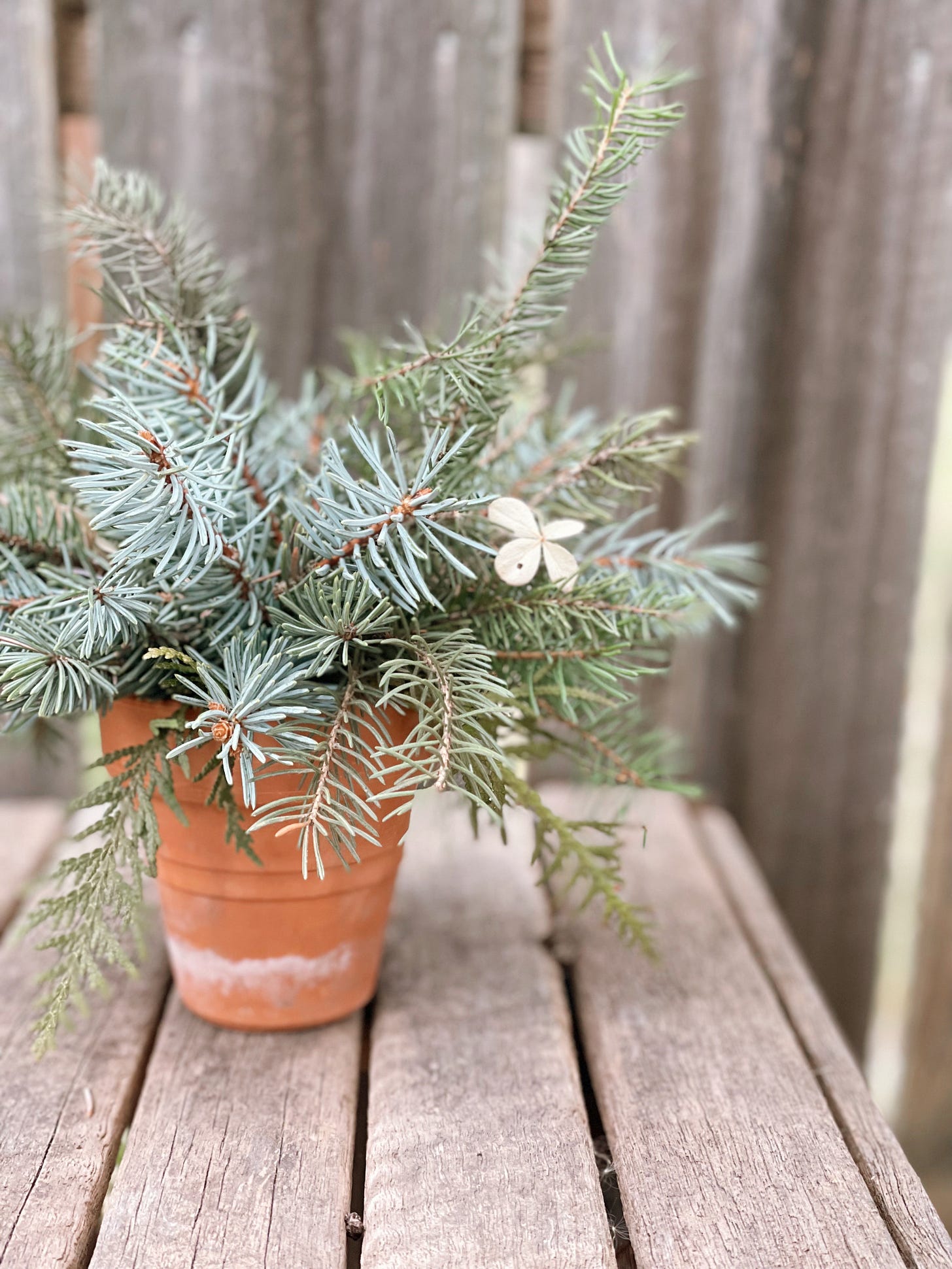
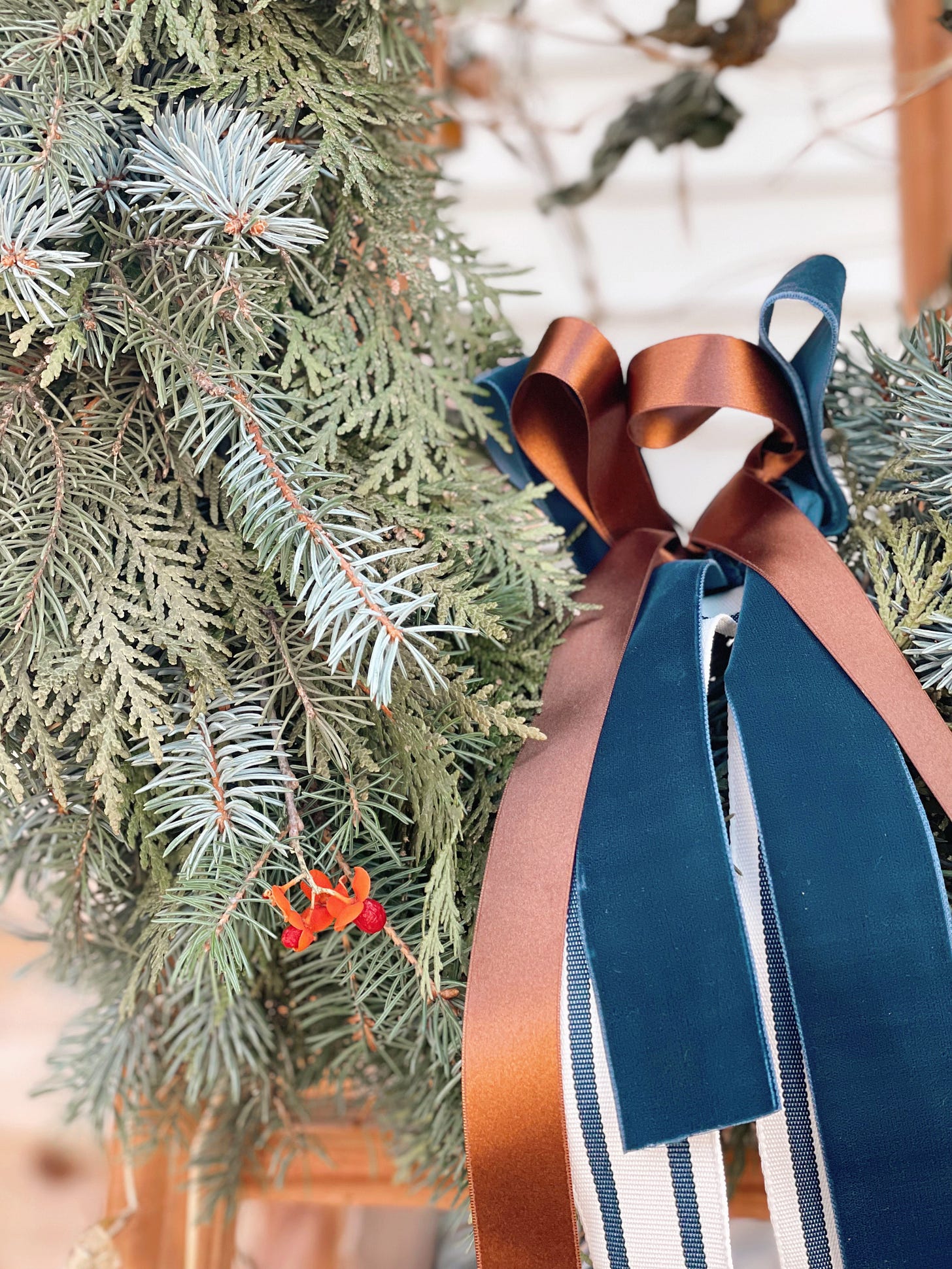
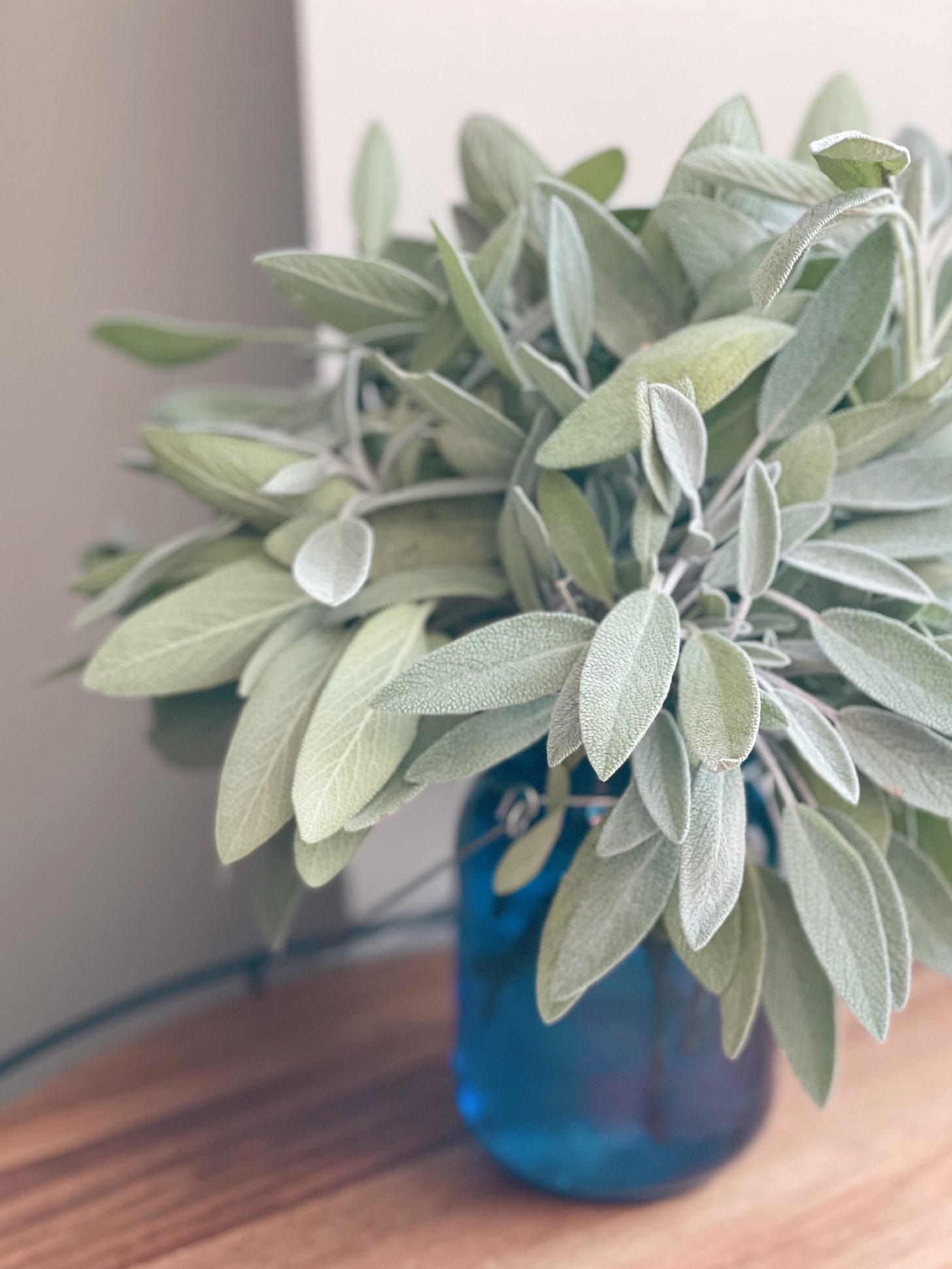

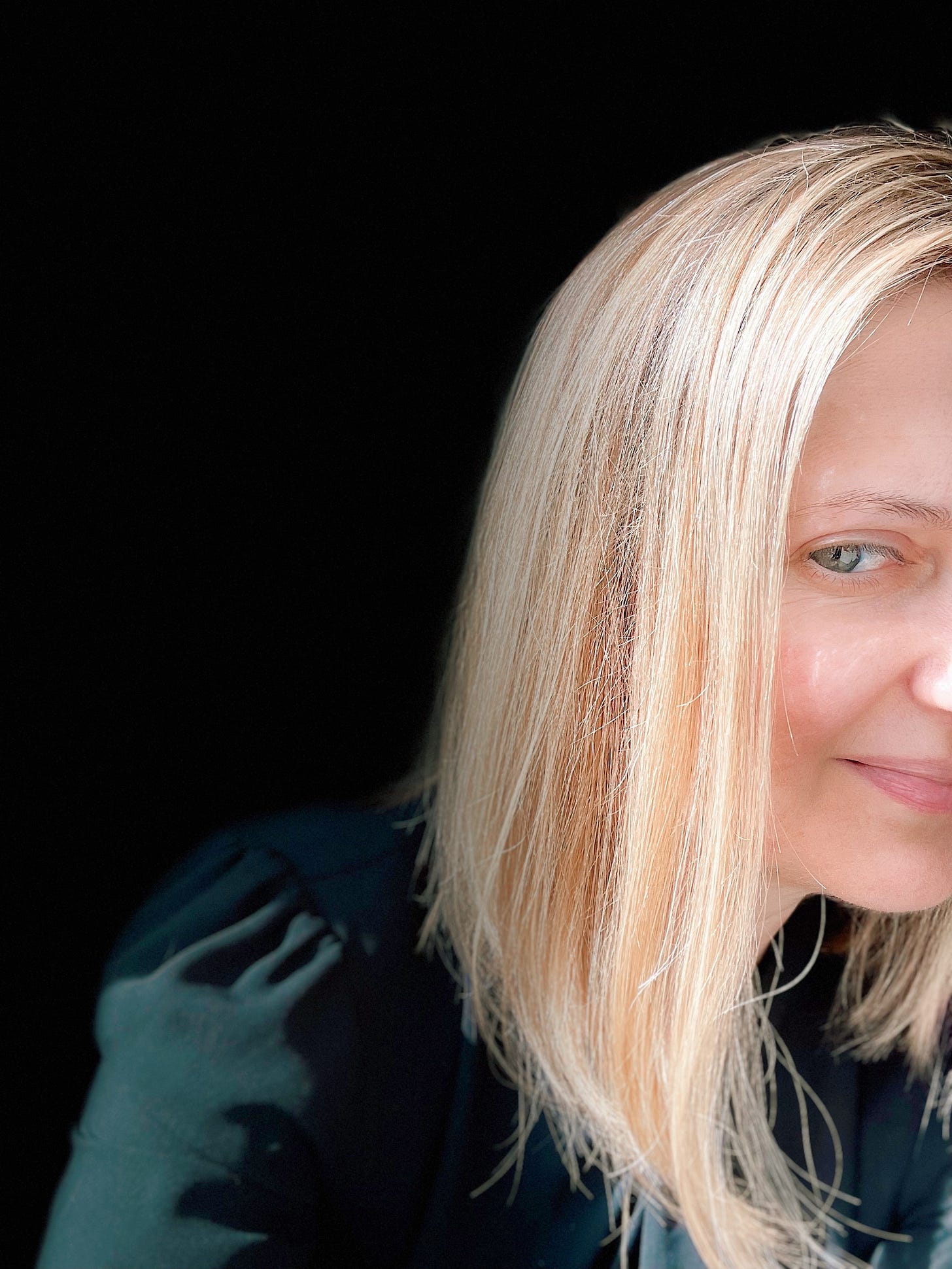
I have recently started drying navel oranges for decor, potpourri, etc. I didn't know about freezing them first - may have to try that.
This is a whole world I didn't know about and that you've so beautifully opened up for me. Thank you! I have a deep reverence for wintering and how you tell us what continues while you aren't growing anything.
There's a great piece by Alexander Chee called "The Rosary," where he writes of creating his rose garden. Have you read it? About cutting them back, he says: "you can lose more than you thought possible and still grow back, stronger than anyone imagined." That's always stayed with me.